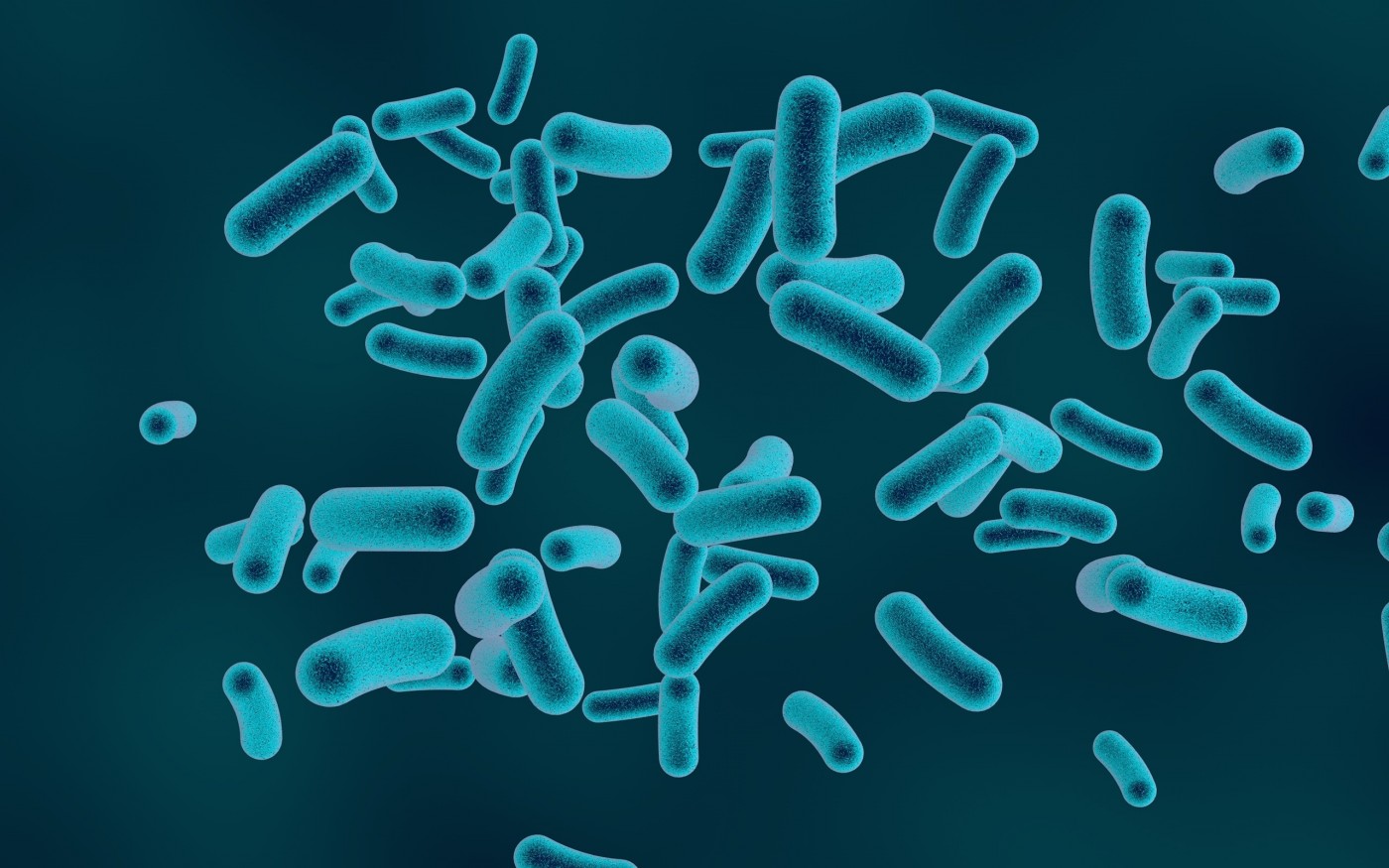Mitochondrial Changes Help Immune Cells React to Bacteria

Changes in the metabolism of mitochondria contribute to adaptations that the immune system makes when encountering bacteria, alive or dead, according to new research published in the journal Nature Immunology.
According to a press release, the findings described in the study “Mitochondrial respiratory-chain adaptations in macrophages contribute to antibacterial host defense,” could contribute to the development of better vaccines and lead to new treatment approaches for infections and inflammatory metabolic conditions.
Researchers at Centro Nacional de Investigaciones Cardiovasculares Carlos III (CNIC) studied a cell type called macrophage, one of the first cells to respond when bacteria or other disease-causing microbes find their way into the human body.
The fact that cells undergo metabolic changes when they encounter a threat has been known for some time. The changes allow cells to get enough energy to launch an immune response by making the metabolism more effective, but exactly how it happened has been unknown – until now.
In a search for answers, the research team turned to a detailed study of the energy-producing mitochondria. The structures turn nutrients into energy through an elaborate series of processes involving a set of molecular complexes and other factors.
Surprisingly, researchers found that when macrophages were exposed to live bacteria, the first of the complexes worked at a lower speed than normal. Despite this, energy production was increased, with other complexes taking on a larger role. When exposed to dead bacteria, the changes did not take place.
The difference in how the cells reacted could be traced to the presence of bacterial RNA, which triggered activation of molecular pathways generating oxidative molecules. The molecules speeded up the activity of complex 2 — the second in the energy producing mitochondrial chain. The increased activity of this complex then led to the production of factors involved in an anti-bacterial immune response.
This difference in how the cells react to dead and live bacteria might be of value to vaccine research, since vaccines are often made of dead bacteria. More research into why various immune cells react in particular ways to dead bacteria could help scientists produce more effective vaccines, and also identify new pharmacological targets for the treatment of infections and inflammatory metabolic disorders.






